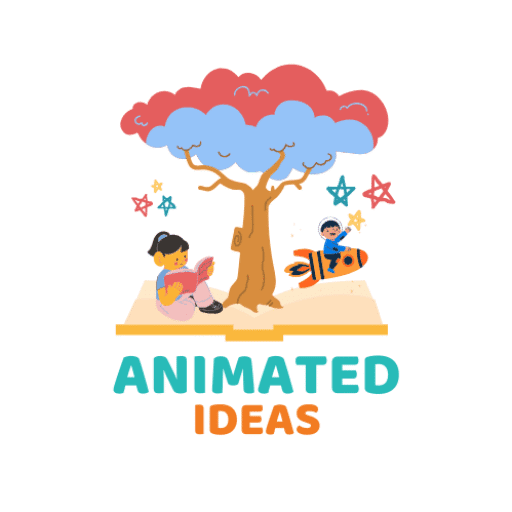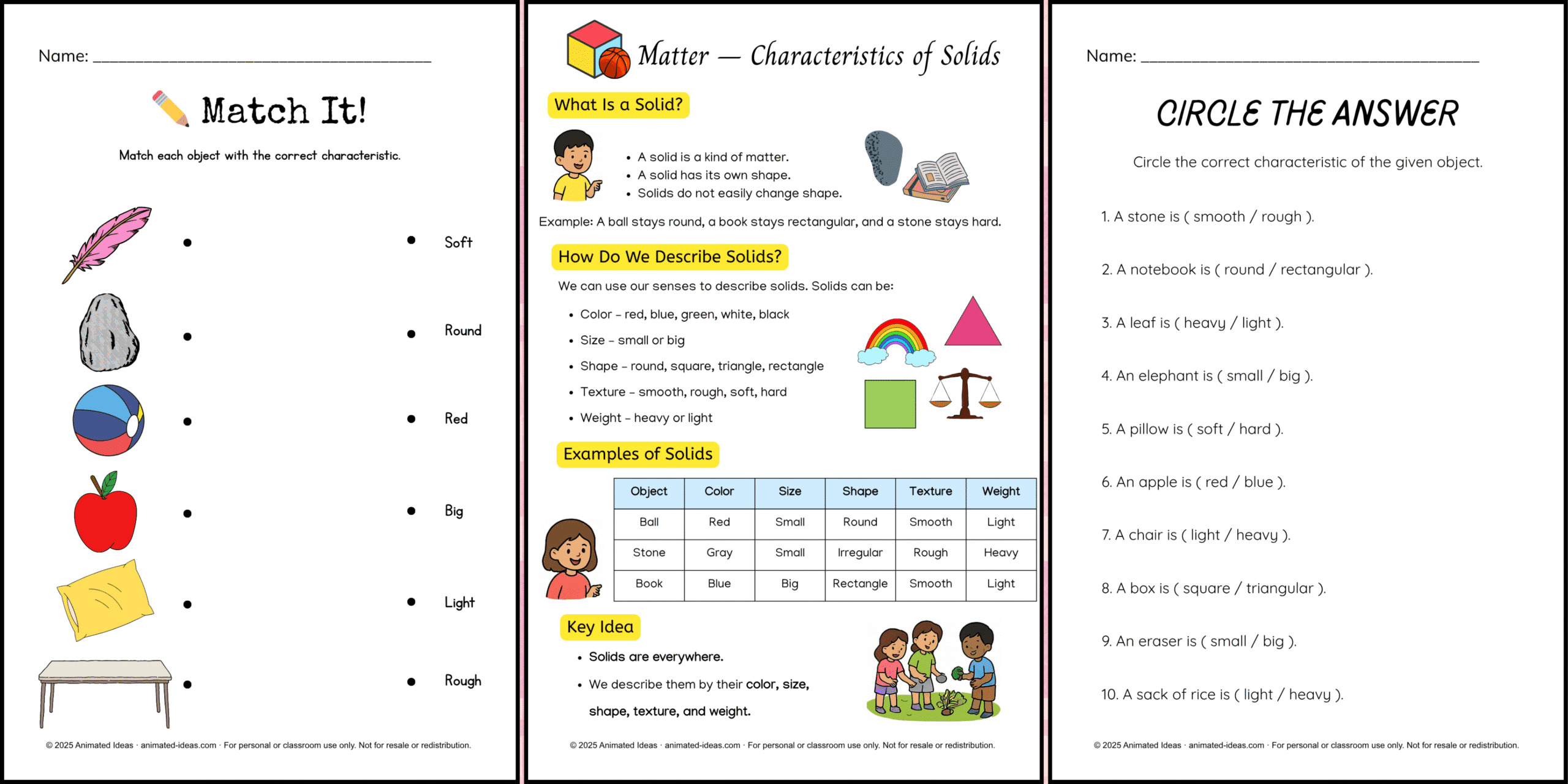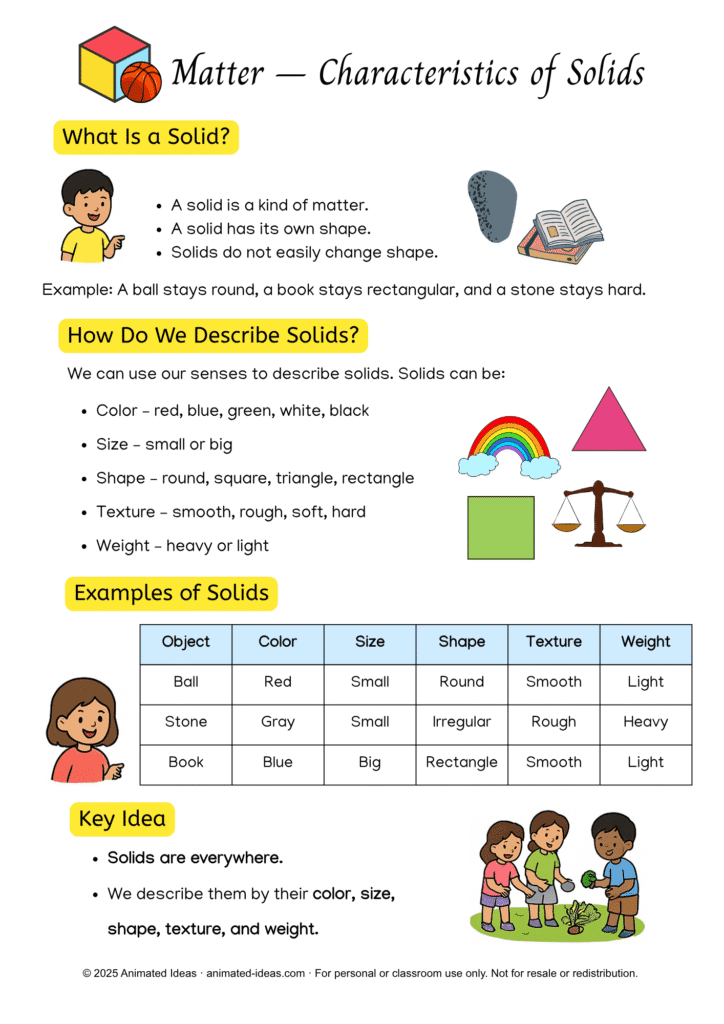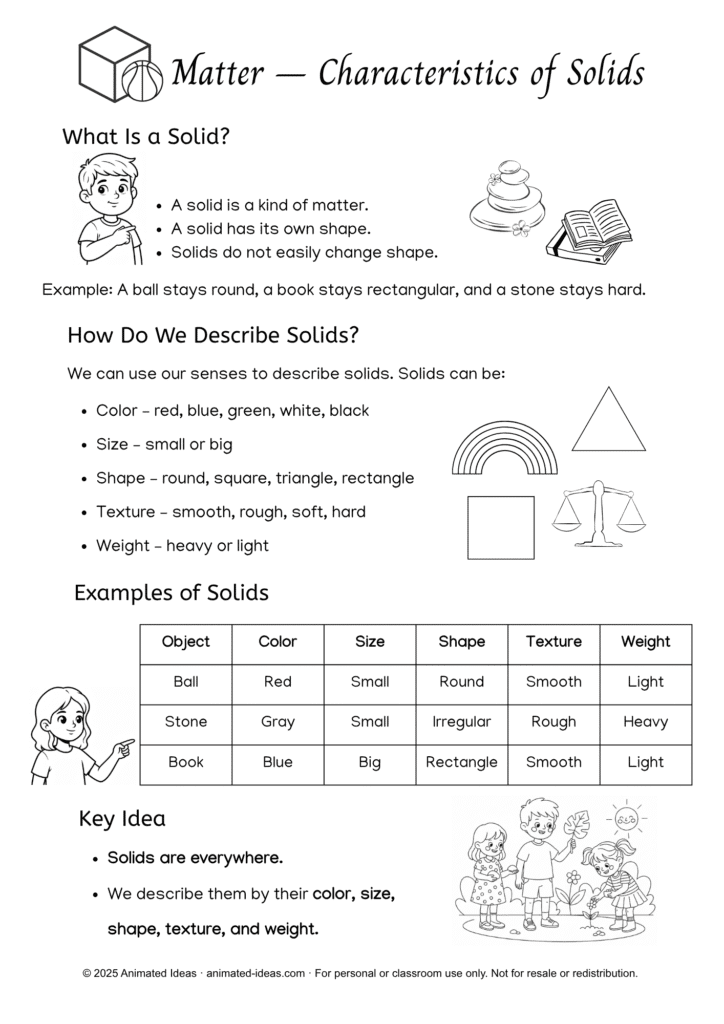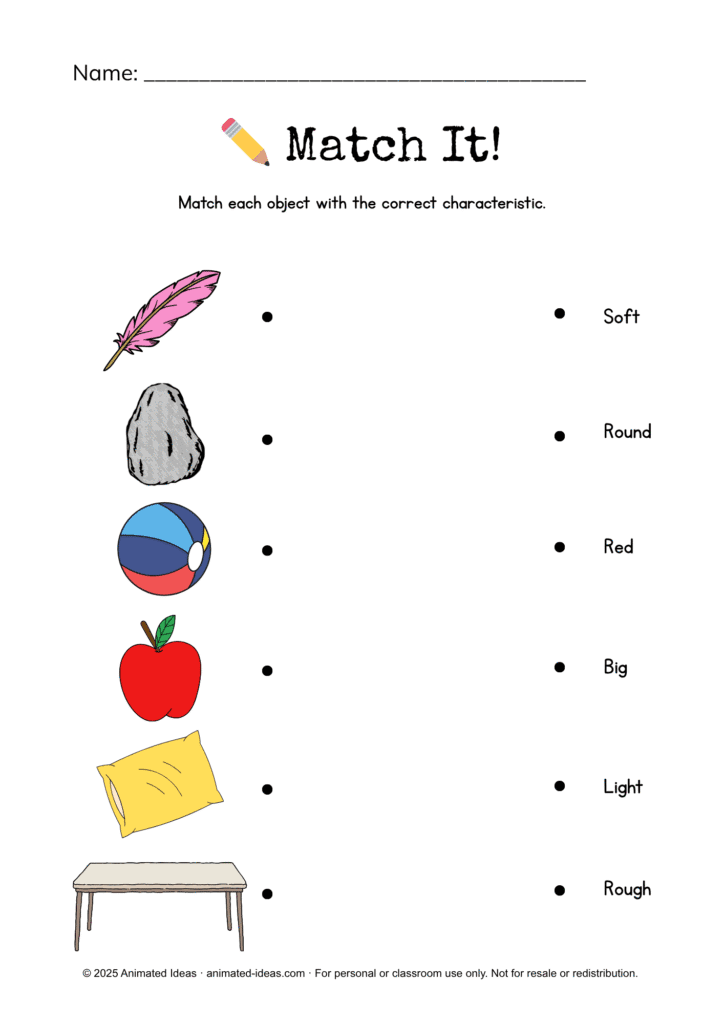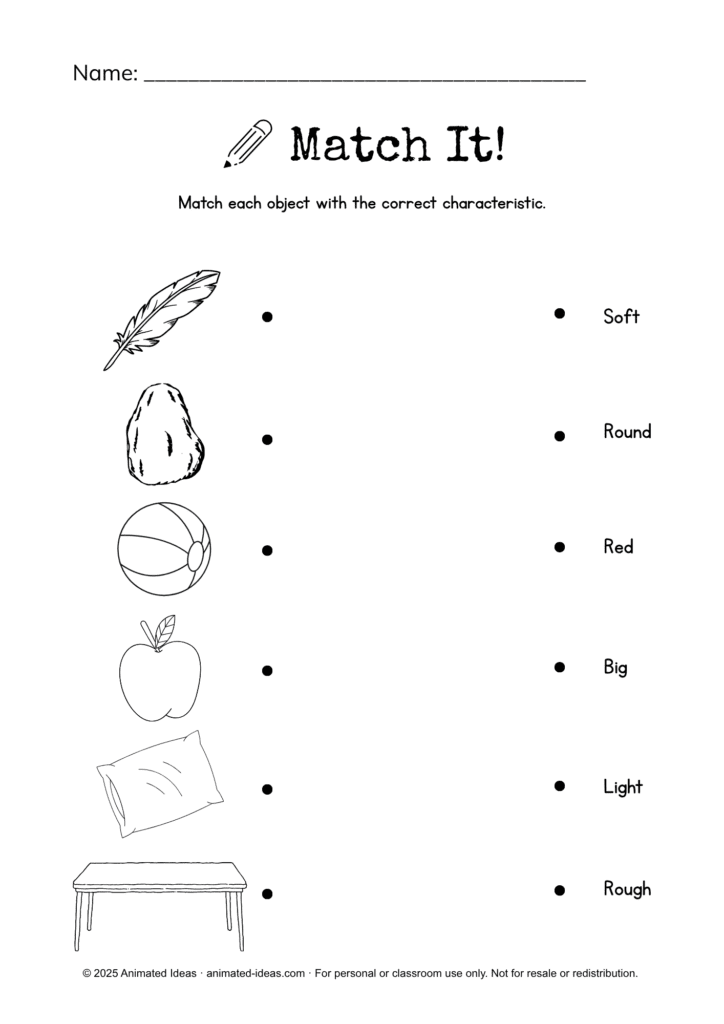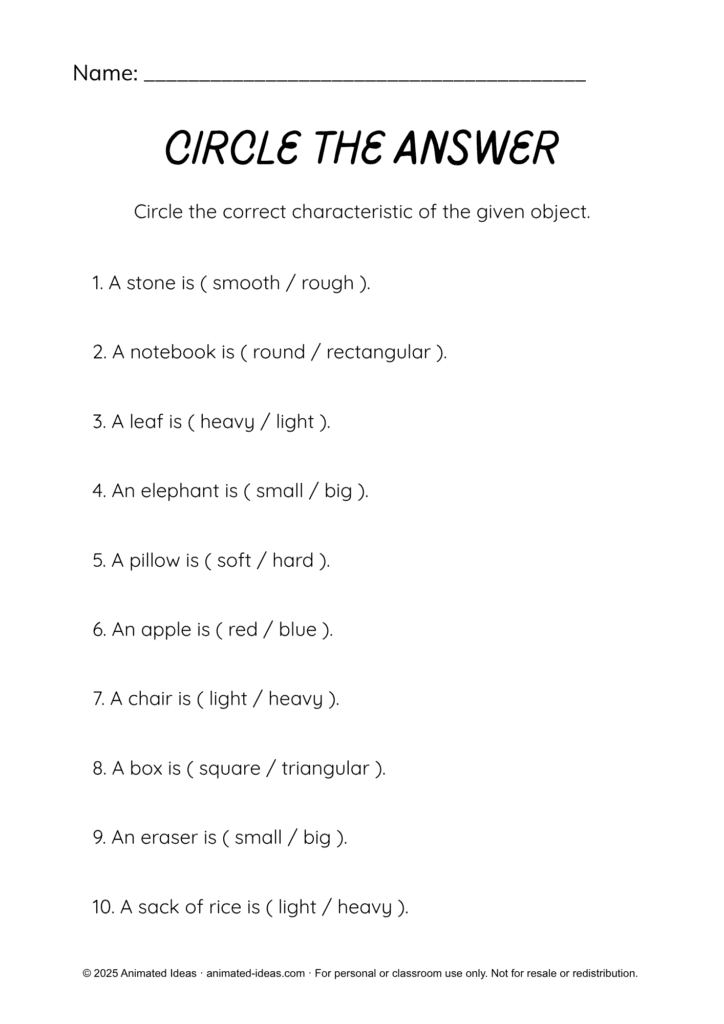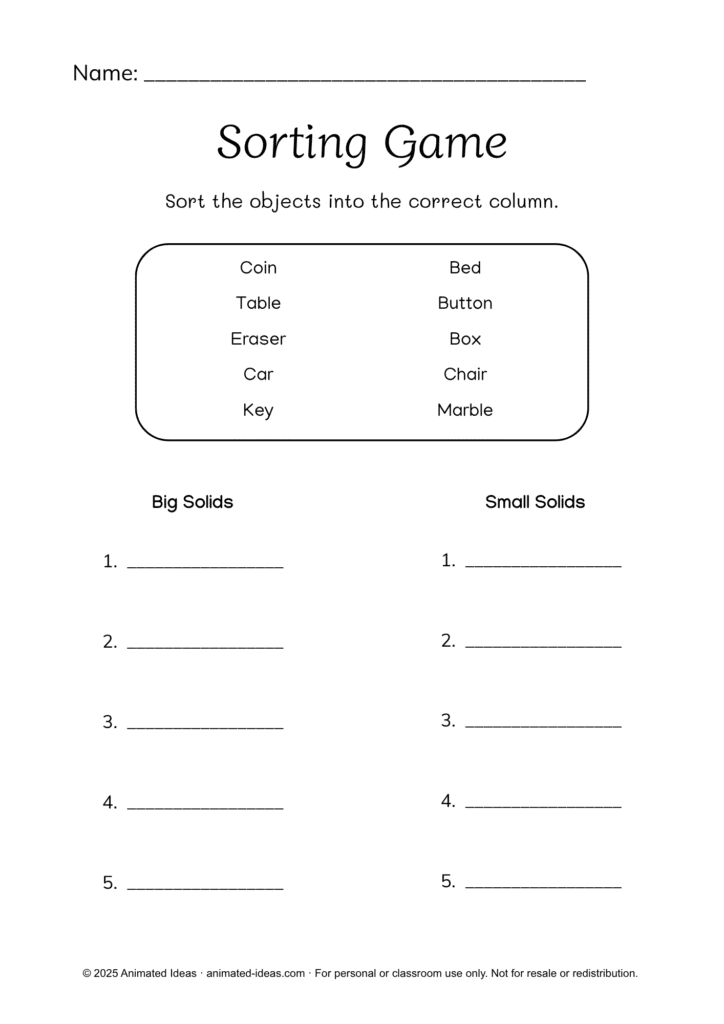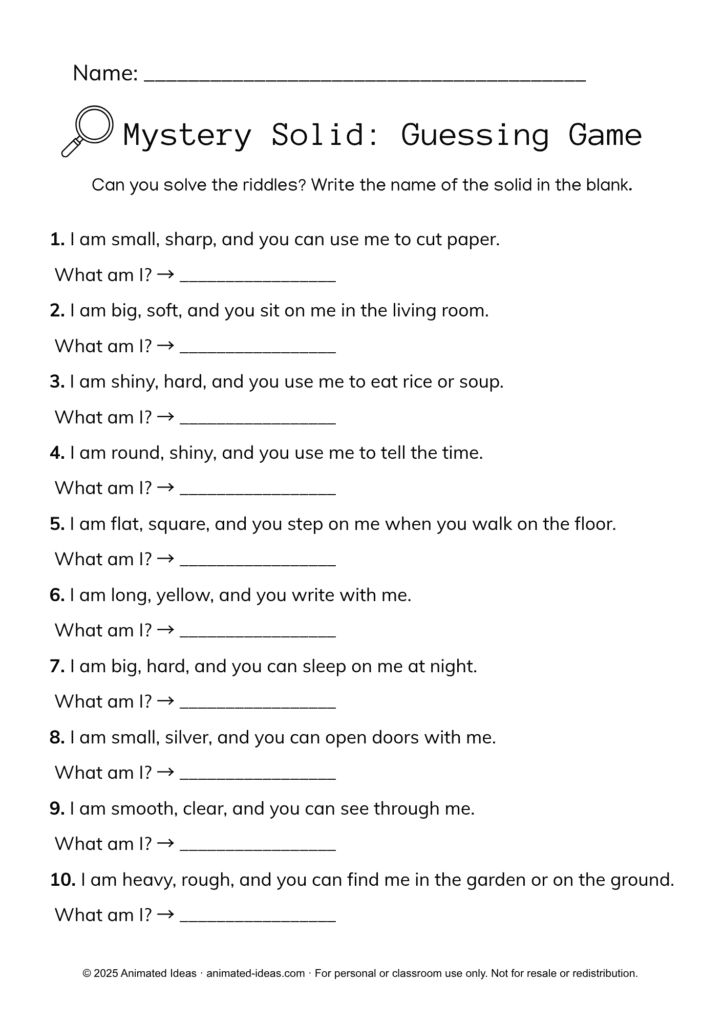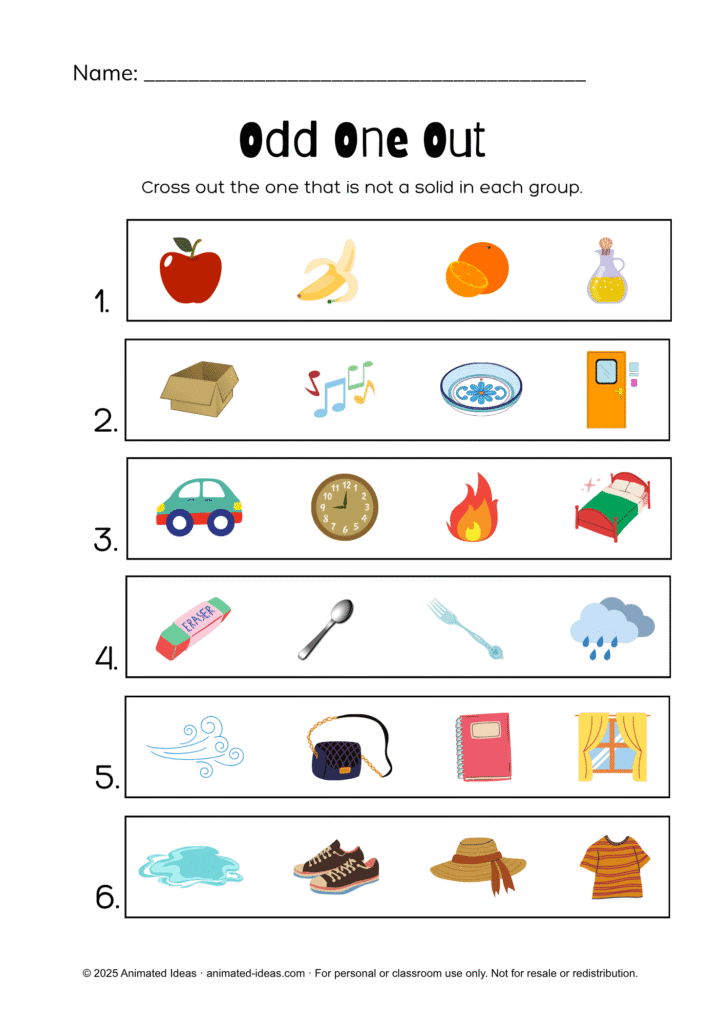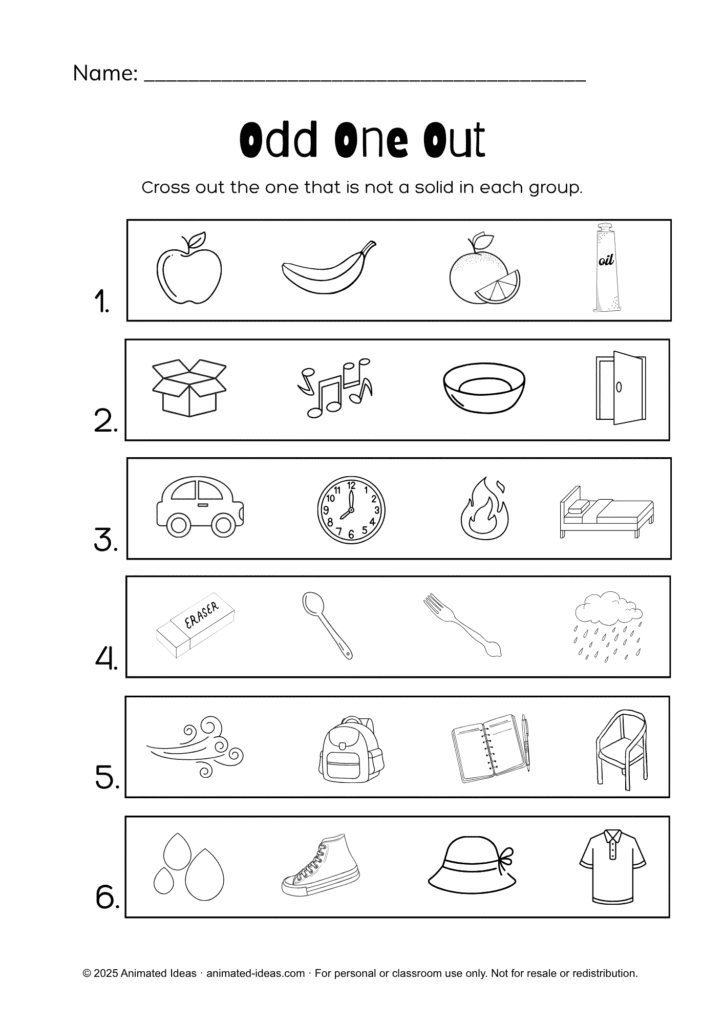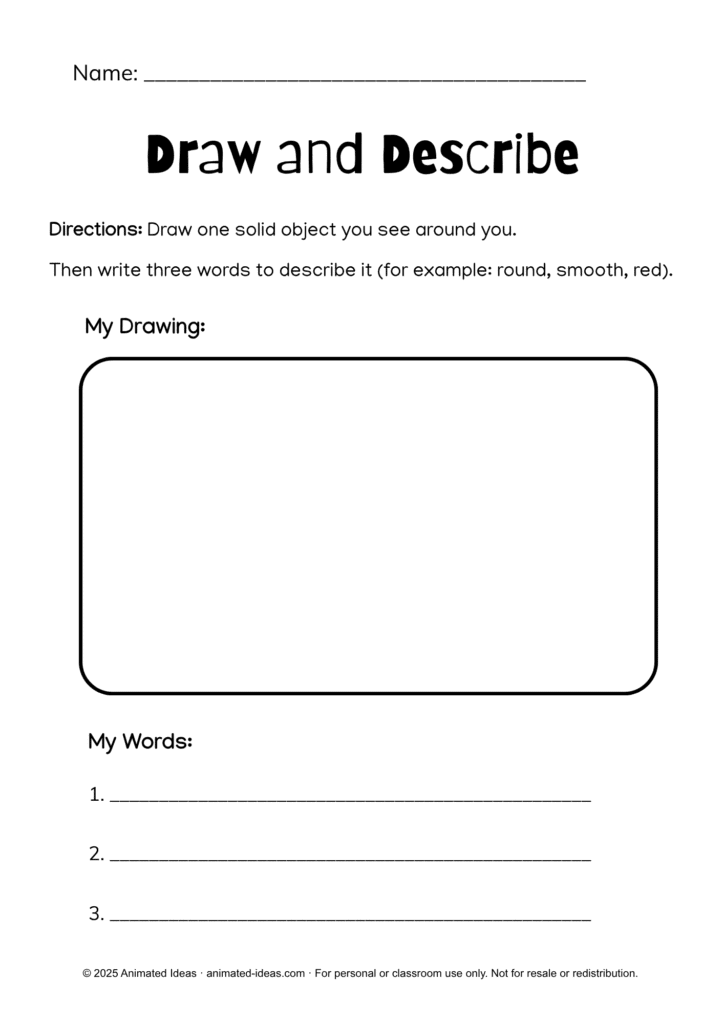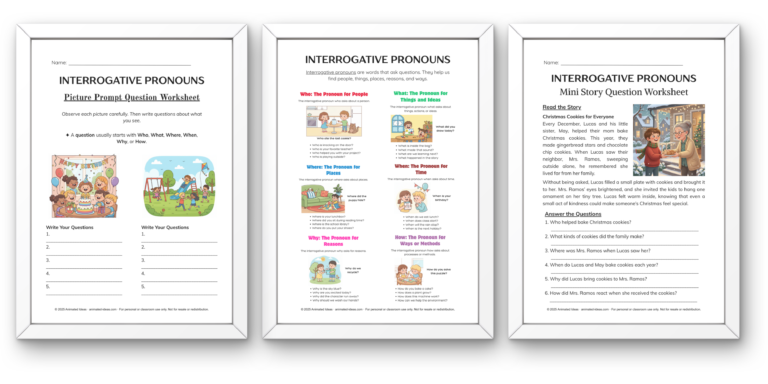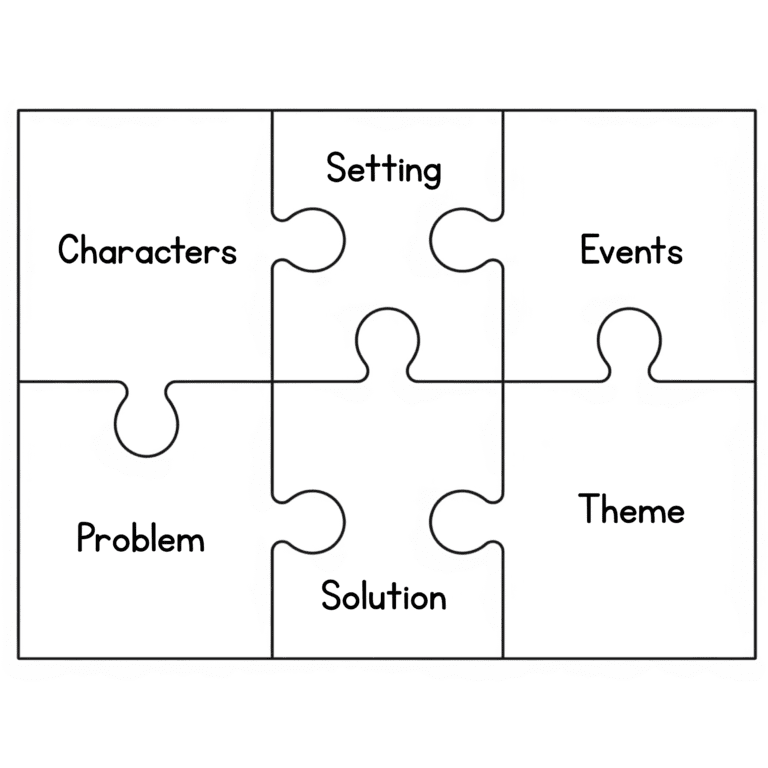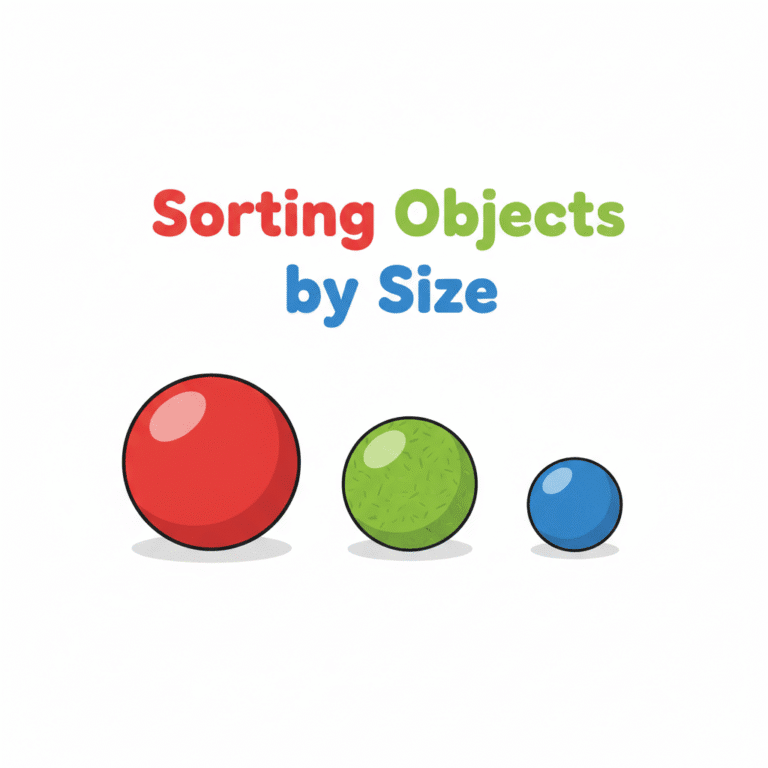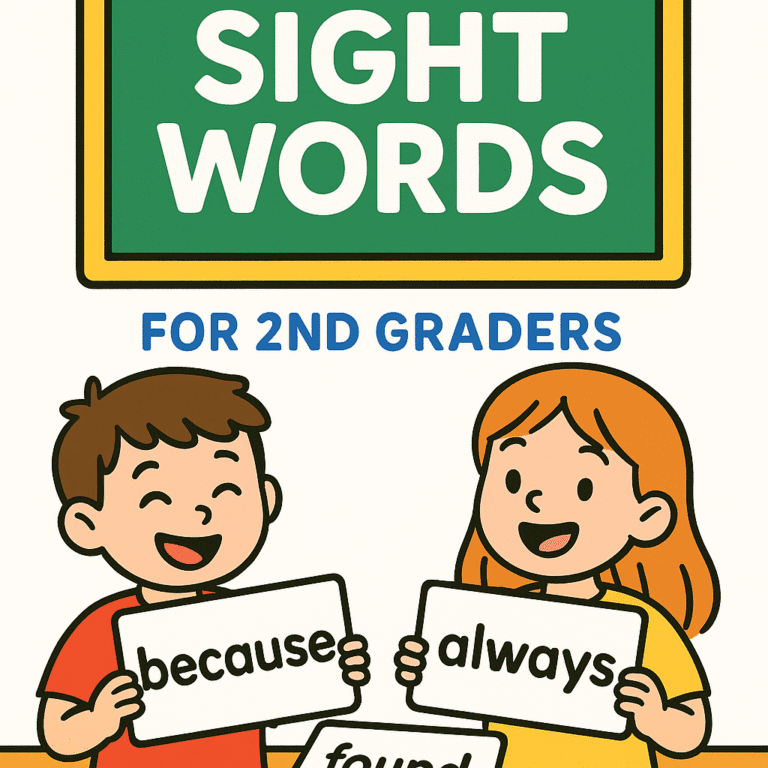Matter – Characteristics of Solids
🌍 Introduction to Matter
Matter is everything that takes up space and has weight. The three states of matter are solid, liquid, and gas.
In this chapter, we will study solids—objects that have their own shape and can be described using their characteristics.
🔎 Key Idea:
Solids can be described by their color, size, shape, texture, and weight.
Characteristics of Solids
What Are Solids?
A solid is a type of matter that has its own shape. Solids do not easily change their shape. For example, a book stays a book and a stone stays a stone, whether you put them on the floor, on a chair, or inside a box.
Solids can be described using different characteristics. These are:
- Color – red, blue, green, white, black, etc.
- Size – big or small.
- Shape – round, square, triangle, rectangle, and many others.
- Texture – smooth, rough, soft, or hard.
- Weight – heavy or light.
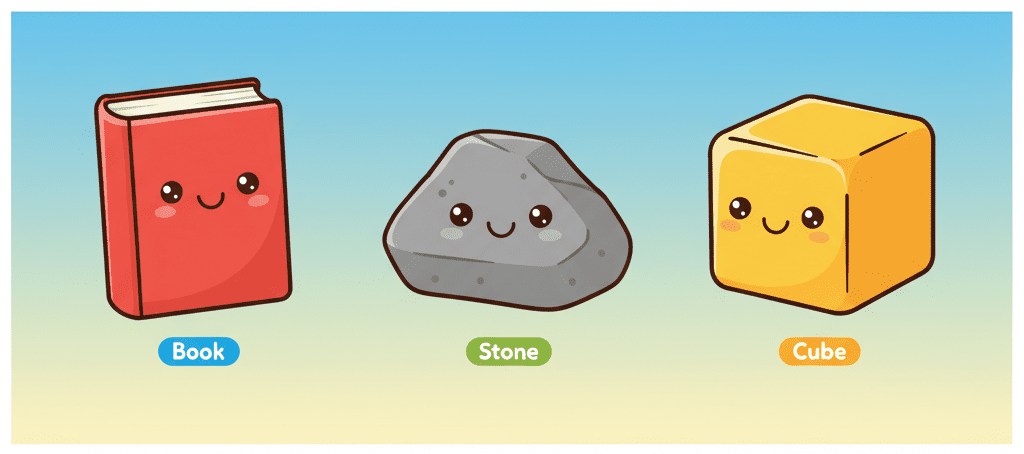
👀 Observing Solids Around You
Look around your classroom or home. You will see many solids such as bags, pencils, erasers, books, chairs, and toys. Each one looks and feels different.
- A ball is round and smooth.
- A stone may be rough and heavy.
- A notebook is rectangular and may feel smooth.
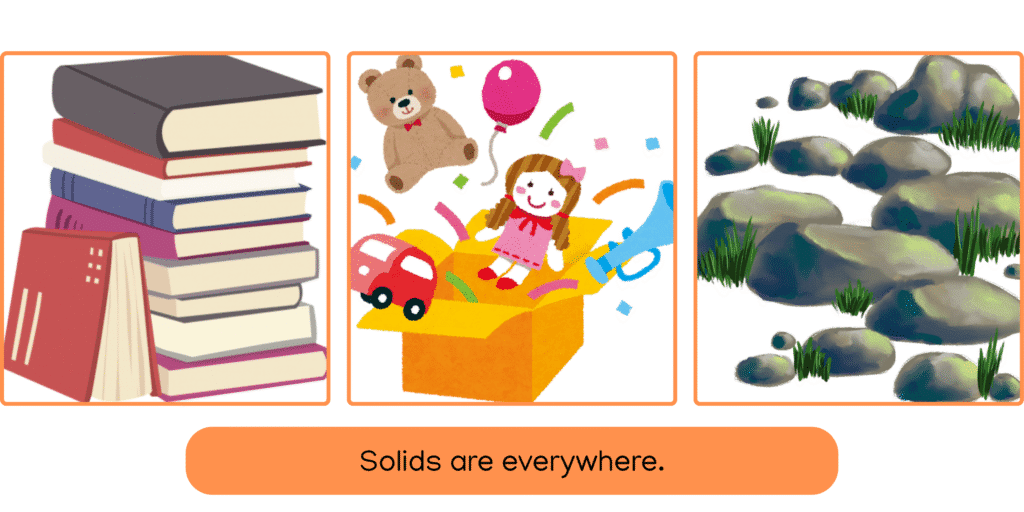
🟢 Activity Idea: Solid Hunt
Look around your home or classroom.
Choose 3–5 objects and describe them.
📋 Example Table:
| Object | Color | Size | Shape | Texture | Weight |
|---|---|---|---|---|---|
| Ball | Red | Small | Round | Smooth | Light |
| Stone | Gray | Small | Irregular | Rough | Heavy |
| Book | Blue | Big | Rectangle | Smooth | Light |
Each solid can be described by its characteristics.
🤔 Think About It
- What objects did you find?
- How did you know what they were?
- Are they all the same? Why or why not?
🎯 Generalization
Solids have different characteristics.
We can describe them by looking, touching, and comparing.
Thank you for reading this lesson guide! We hope it helped you understand solids. You may also like these recommended worksheets to practice and reinforce your learning:
- Root Words, Prefixes, Suffixes – Structural Analysis
- Characteristics of Solids Printable Guide – Grade 3 Science
- Kindergarten Alphabet Worksheets – Letter Tracing
For updates and free resources, follow us:
📺 YouTube: Animated Ideas
📘 Facebook Page: Animated Ideas
👩🏫 Facebook Group: Learning Resources for Kids
